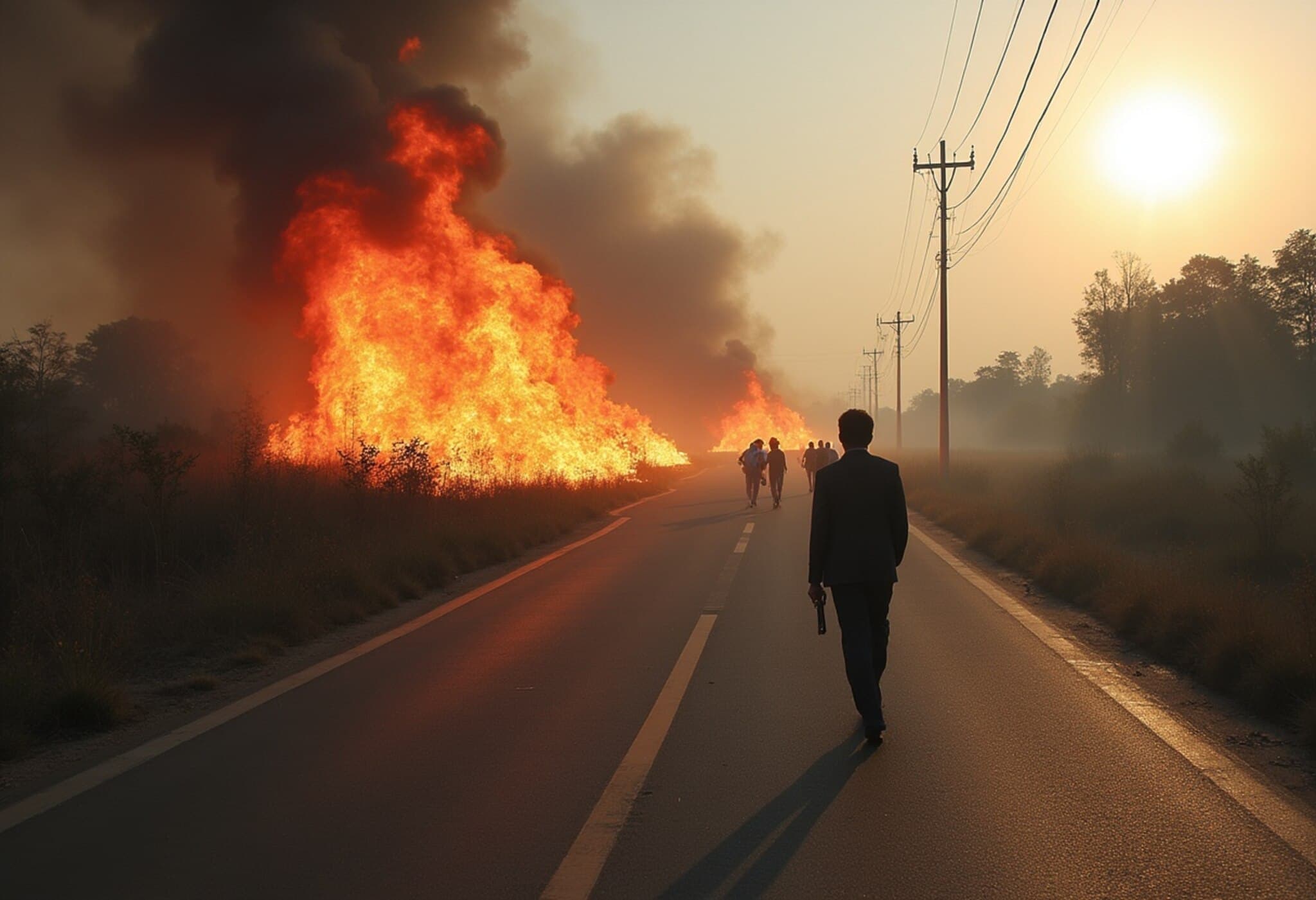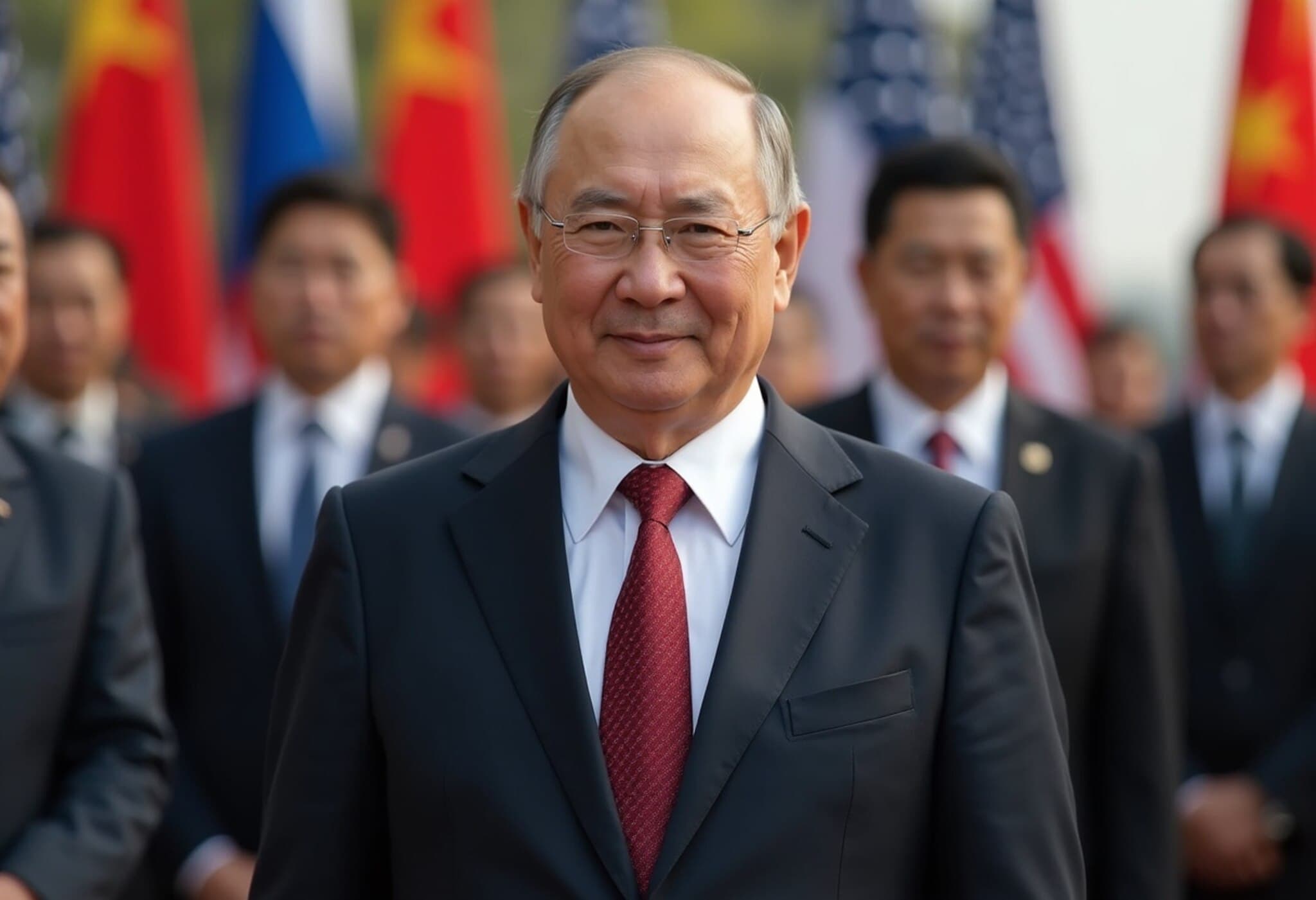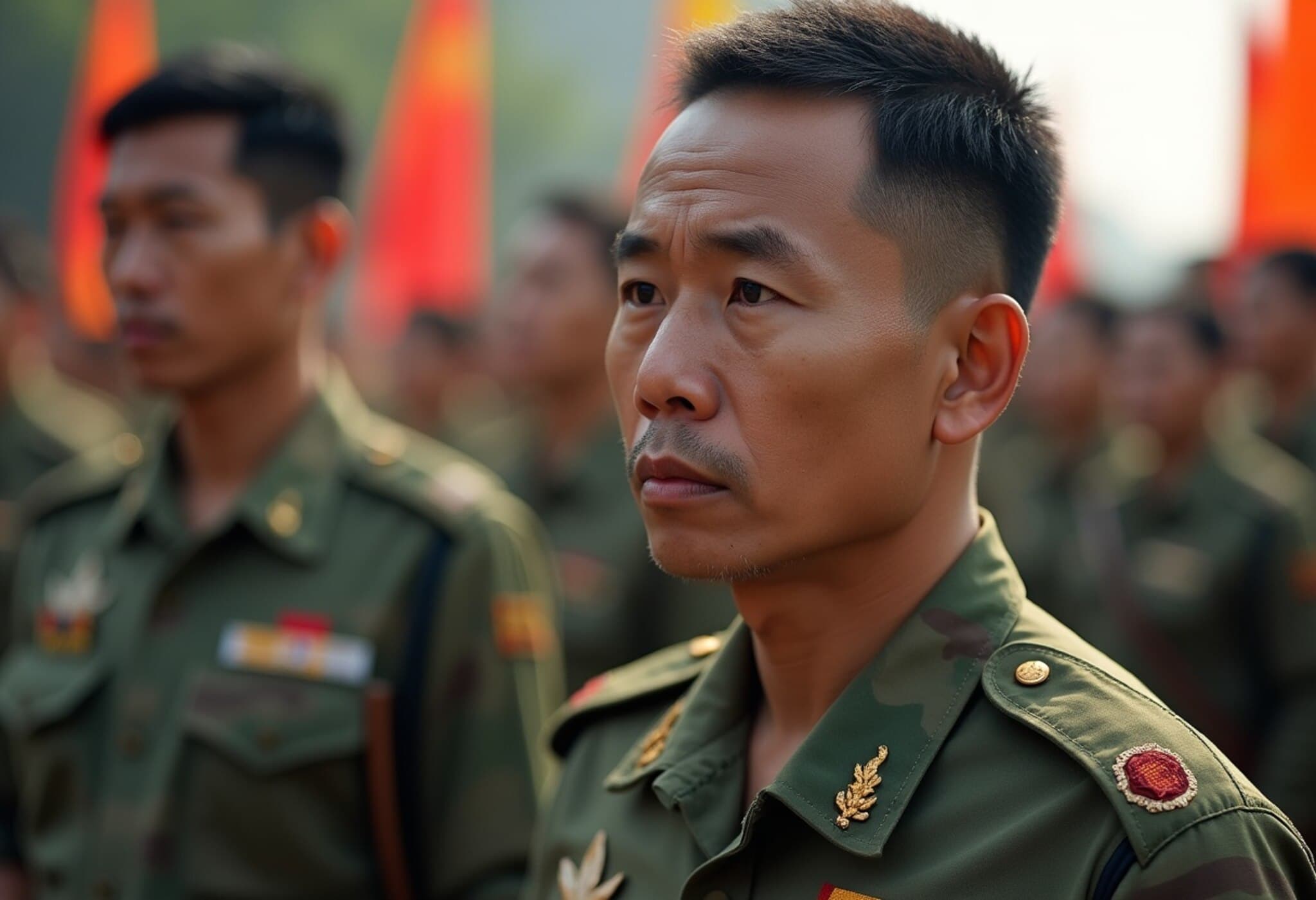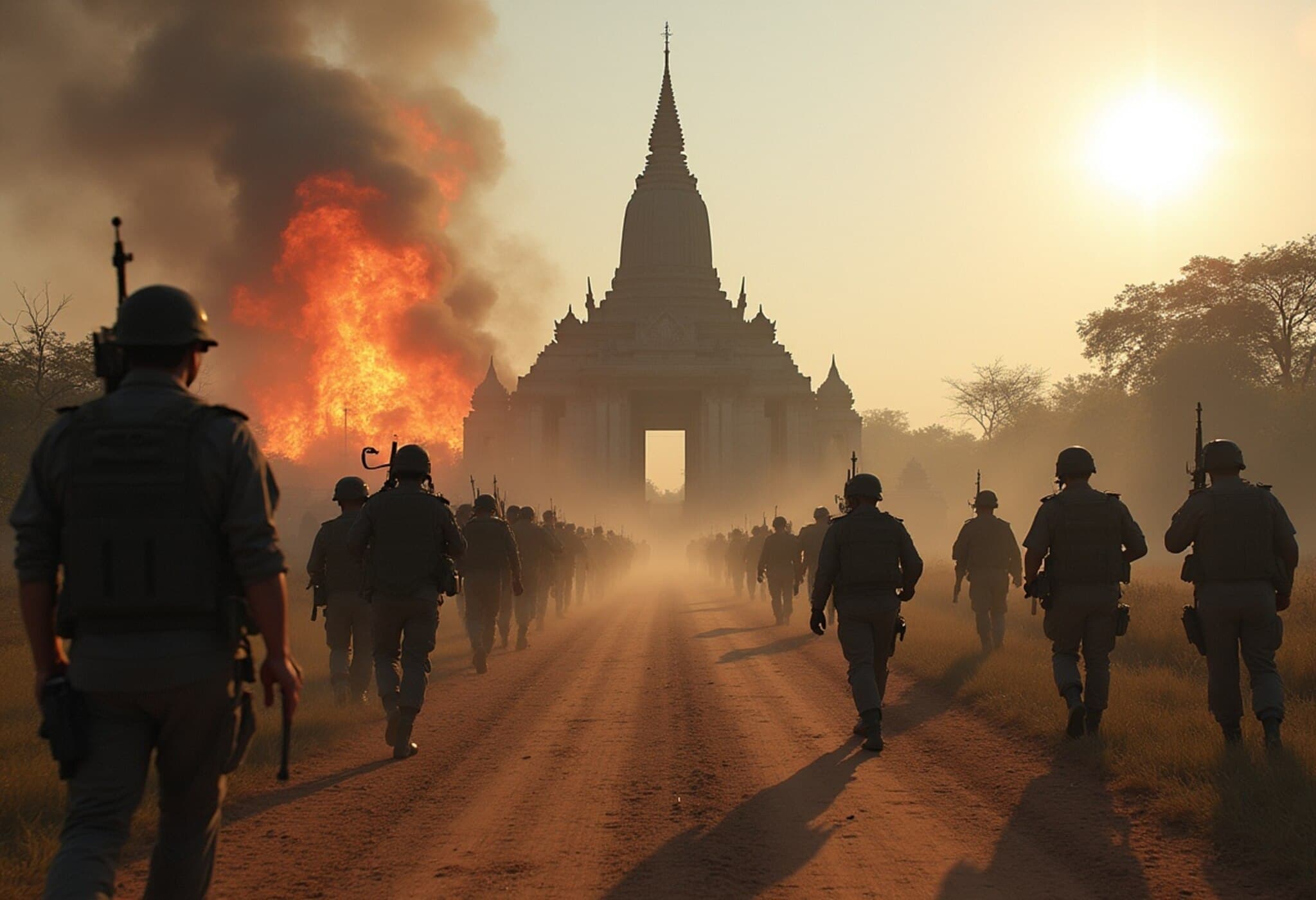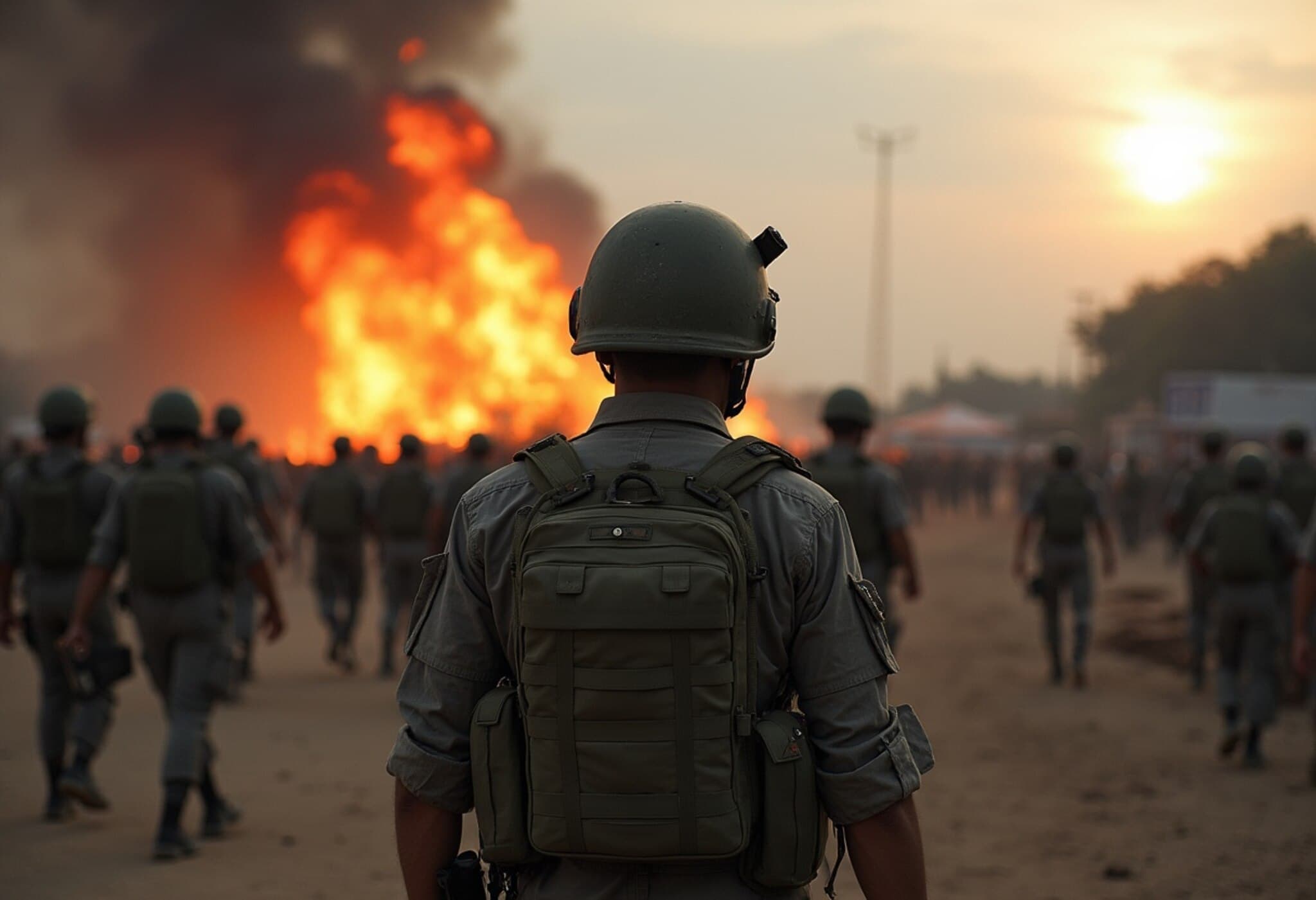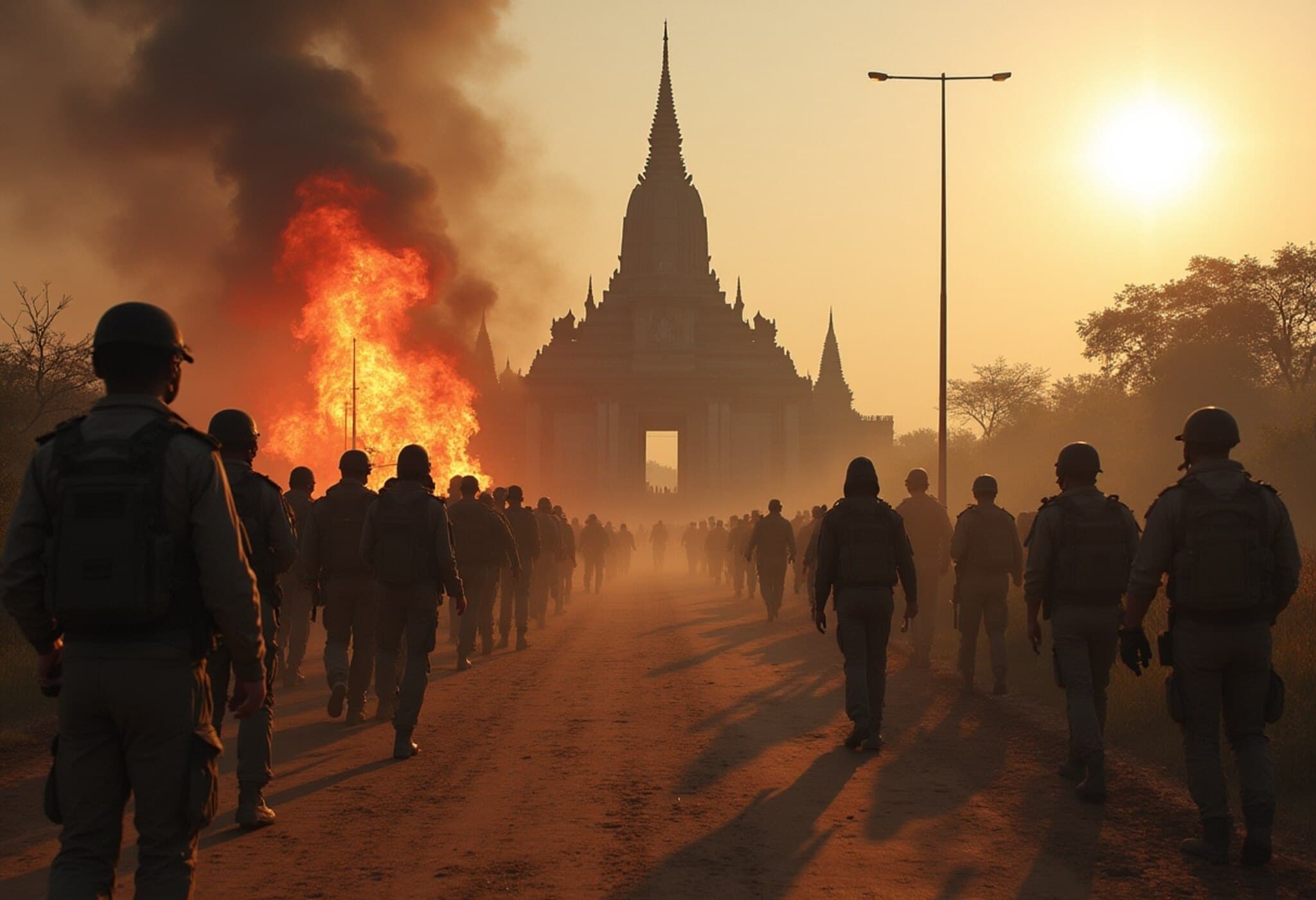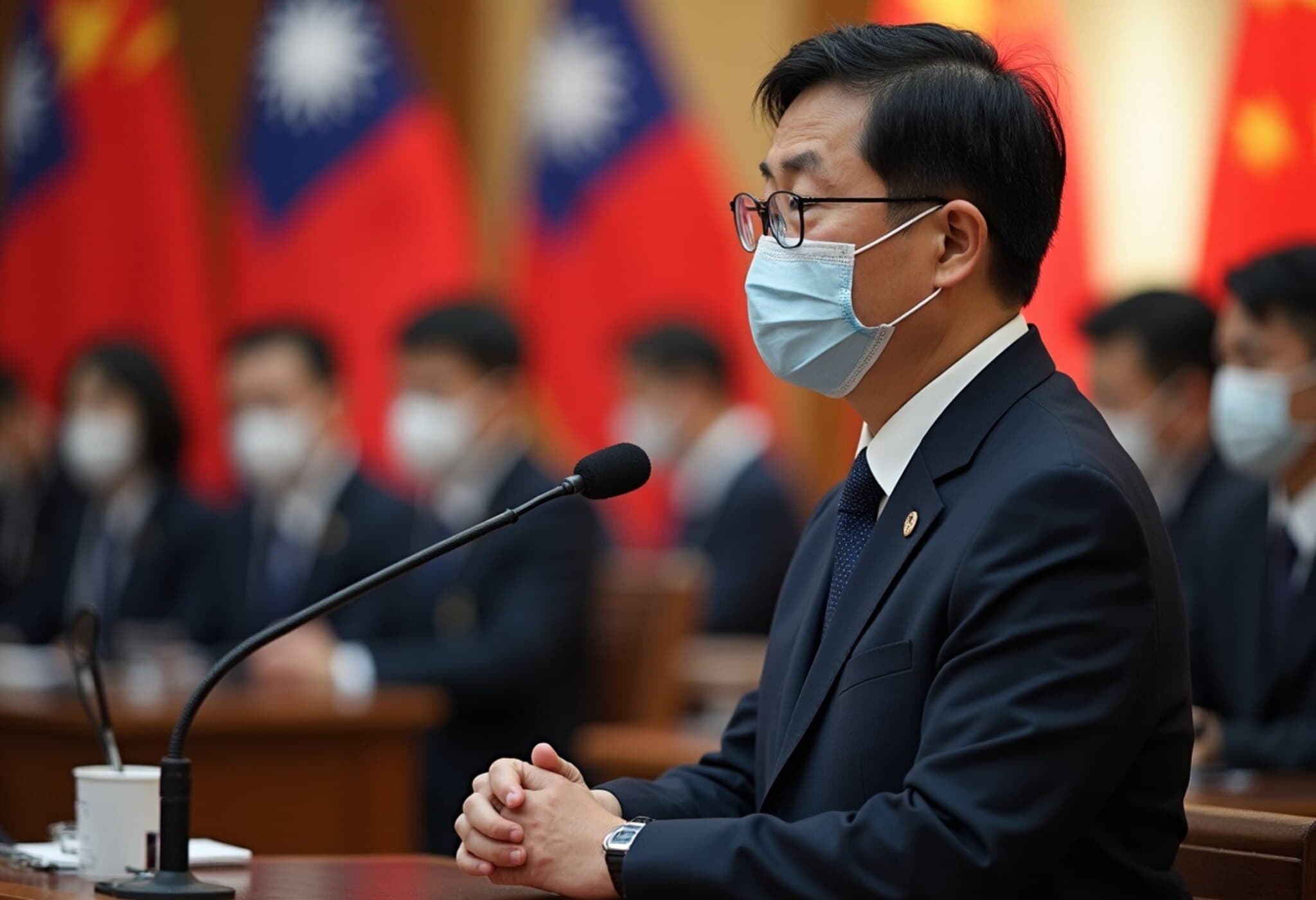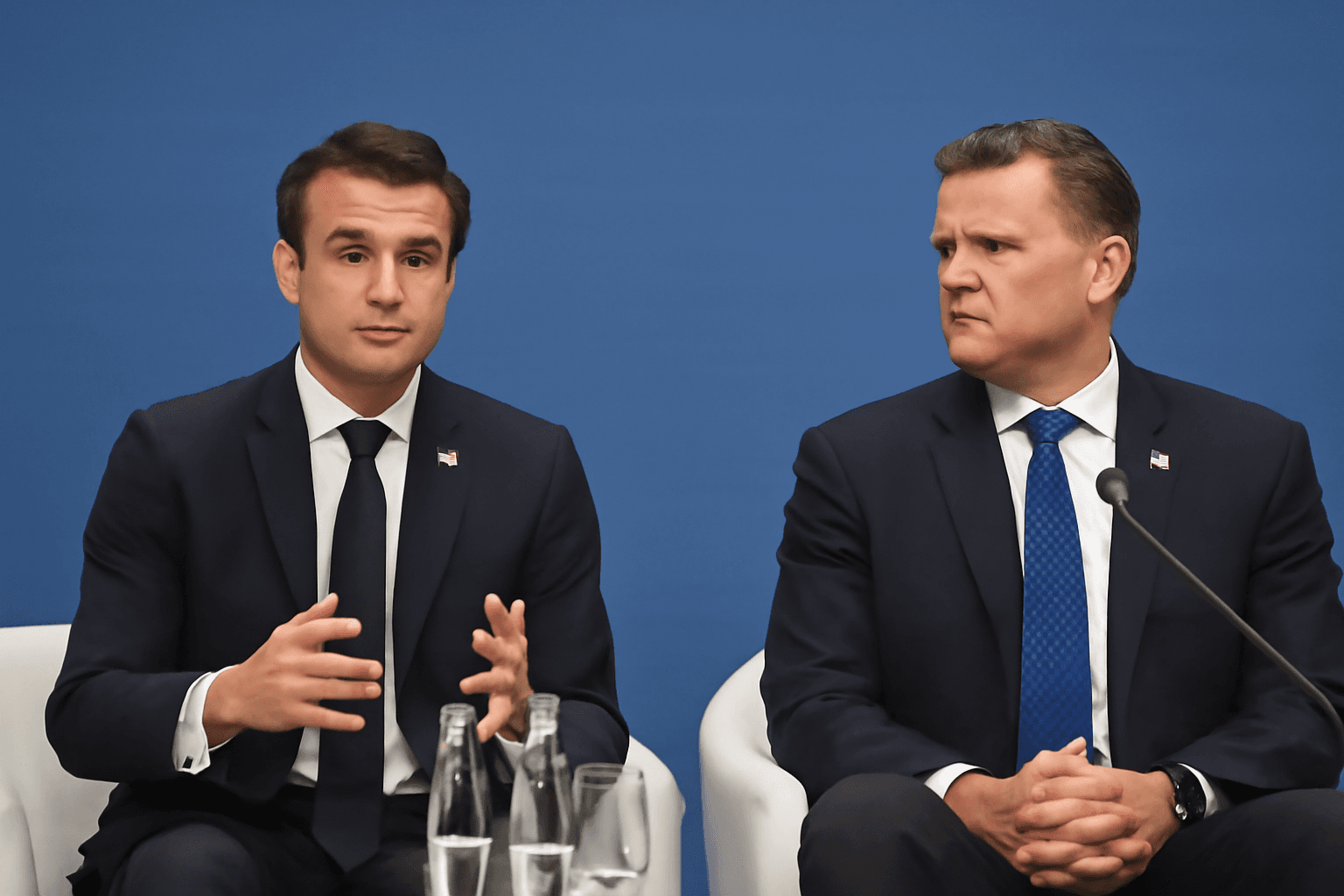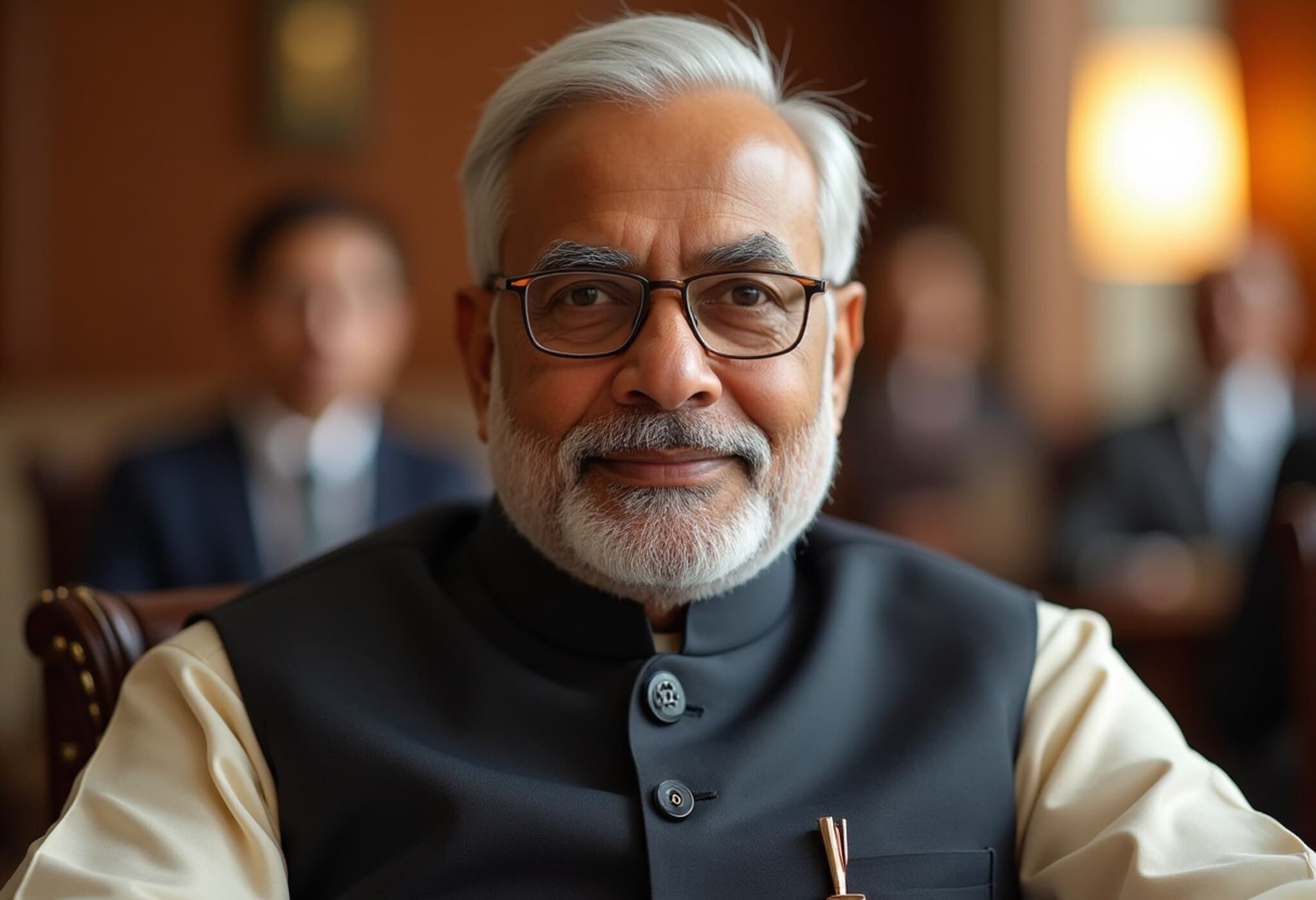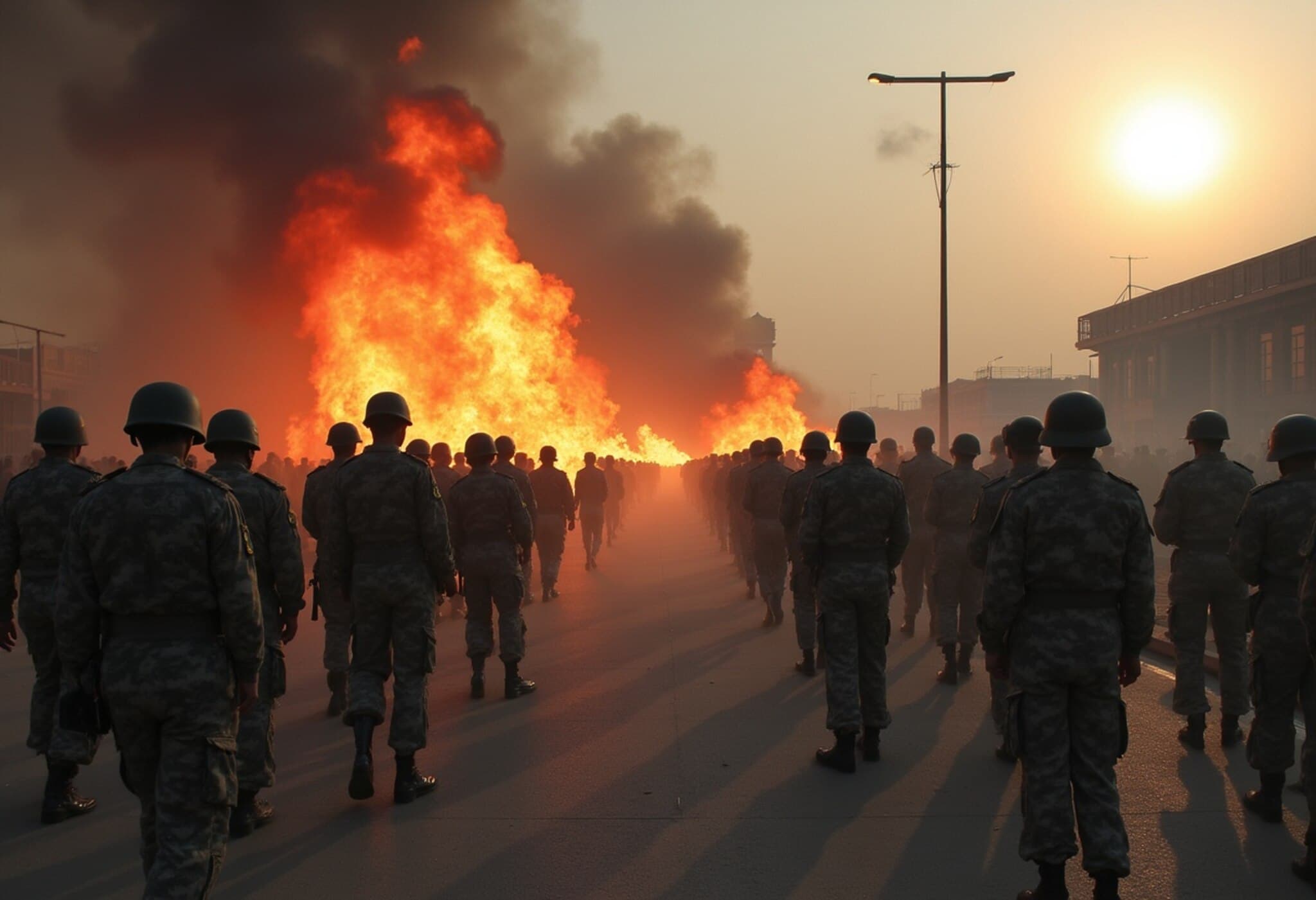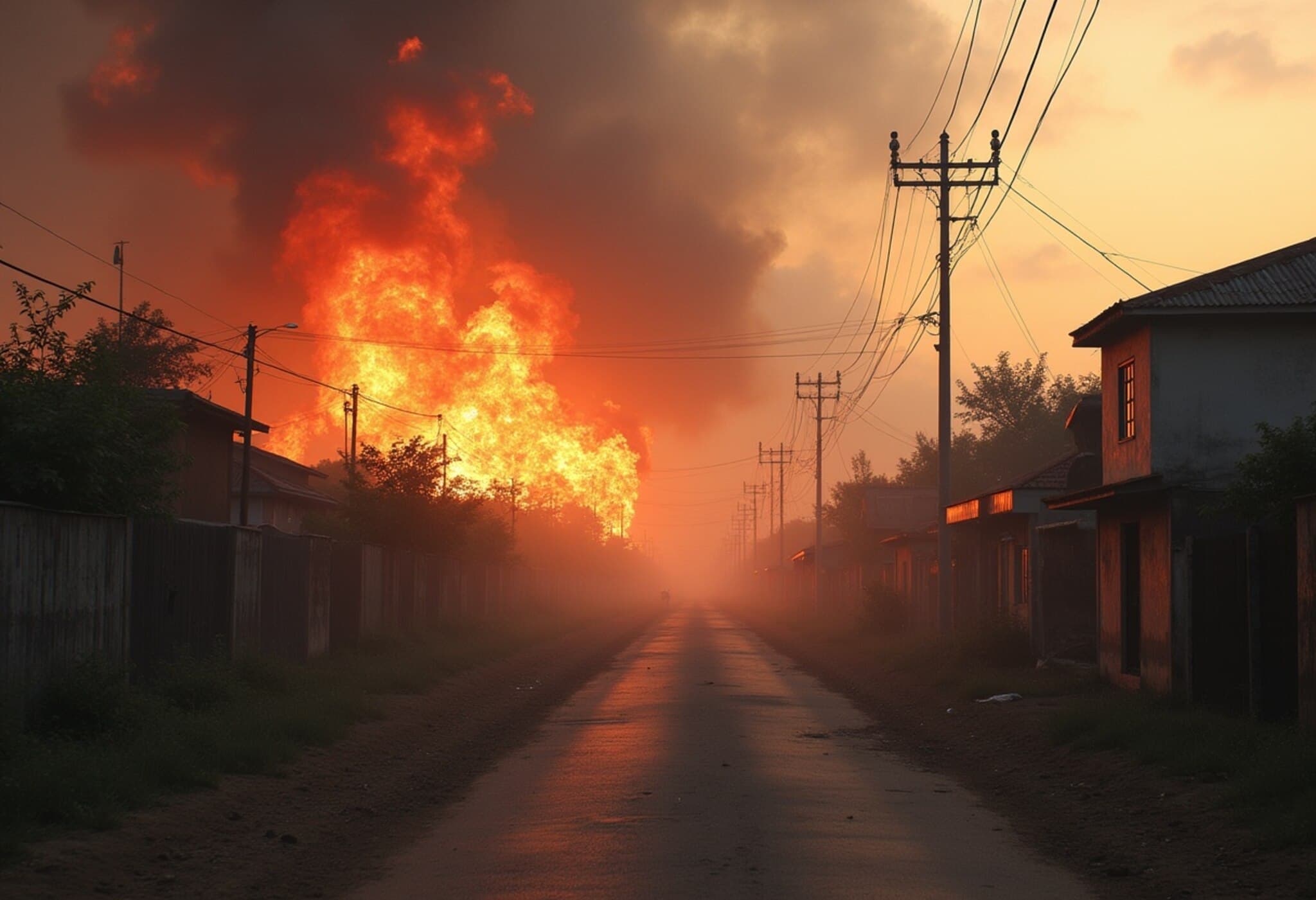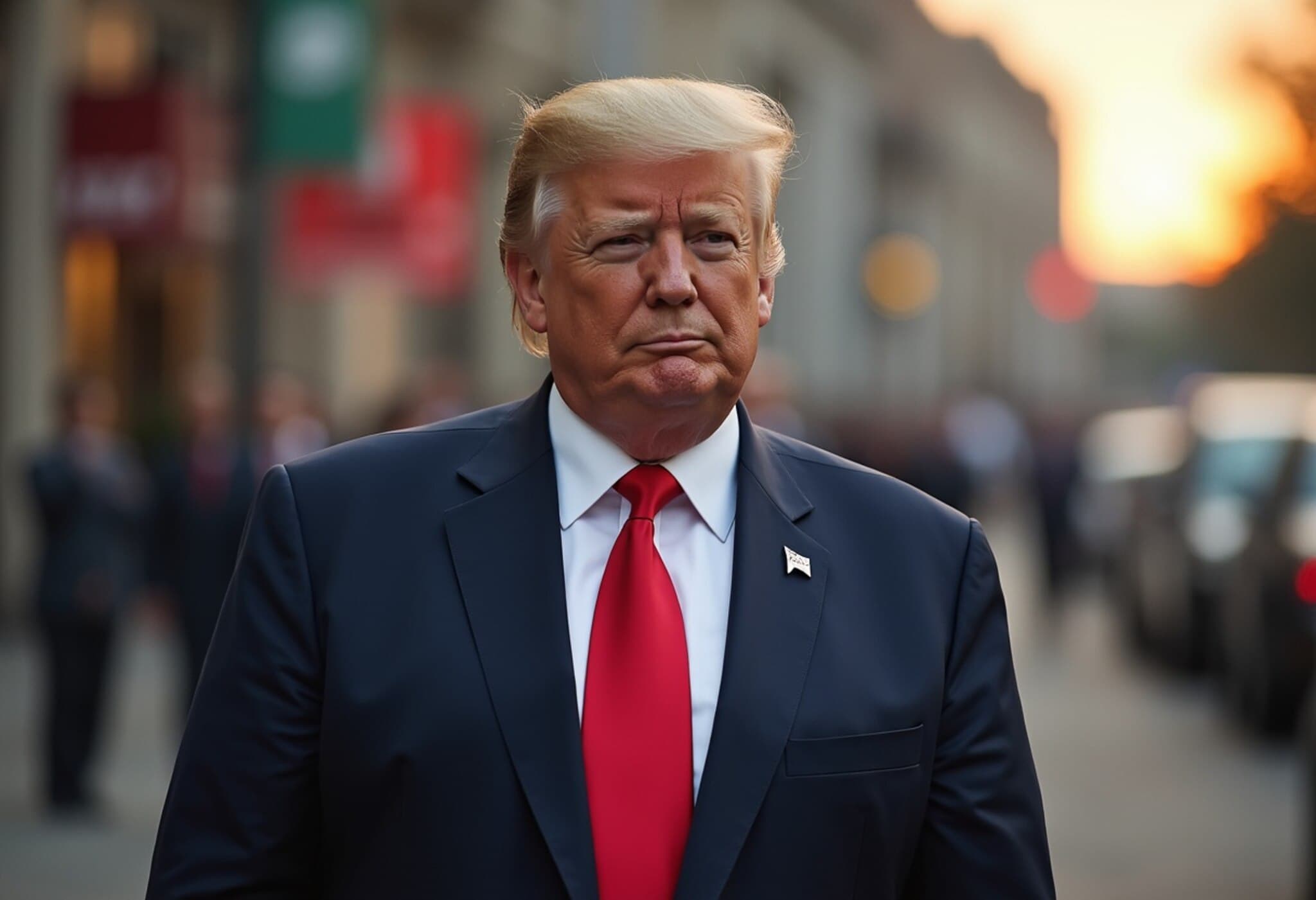US-Brokered Ceasefire Talks Aim to End Deadly Cambodia-Thailand Border Clashes
After three intense days of border fighting that displaced over 130,000 people and left more than 30 dead, Cambodian and Thai leaders have agreed to immediate ceasefire talks. This breakthrough follows direct intervention by former US President Donald Trump, who warned both nations that continued conflict could jeopardize future trade agreements with the United States.
Trump’s Unconventional Diplomacy Amidst Escalating Violence
While visiting Scotland, Donald Trump took to social media Saturday to announce he had personally spoken with Cambodian Prime Minister Hun Manet and Thailand’s acting Prime Minister Phumtham Wechayachai. He urged the leaders to halt hostilities and reminded them of the economic stakes tied to ongoing violence. "Both Parties are looking for an immediate Ceasefire and Peace," Trump tweeted, underscoring his eagerness to wrap up trade deals contingent on stabilizing the region.
Although Trump’s direct involvement marks a rare example of personal diplomacy in Southeast Asia by a former president, experts note it highlights the increasingly globalized nature of regional conflicts, where economic interdependence intersects with geopolitical tensions.
Conflict Background: A Border Long Fraught with Tension
The border dispute between Cambodia and Thailand is far from new. Spanning an 817-kilometer frontier, disagreements over the control of undemarcated areas, including sacred 11th-century temples like Ta Moan Thom and Preah Vihear, have fueled decades of friction. The International Court of Justice ruled in 1962 that Preah Vihear belongs to Cambodia, but Thailand has often contested decisions, sparking several deadly skirmishes.
Recent hostilities intensified after a Cambodian soldier was killed in a May skirmish, leading both sides to bolster military presence. Fighting spread to new frontlines, notably Trat Province in Thailand and Pursat Province in Cambodia, areas previously quiet. The human toll—including at least 20 military and over 20 civilian deaths—has plunged thousands into refugee-like situations, with makeshift shelters set up in universities and community centers.
The Human Cost: Communities in Limbo
Residents near the border speak of fear and separation. For instance, in Thailand’s Sisaket province, Samrong Khamduang fled her farm amid relentless artillery but remains cut off from her husband, who stayed behind to care for livestock. Stories like hers put a human face on geopolitical disputes, illustrating how civilians bear the brunt of conflicts often shaped by national pride and territorial claims.
ASEAN’s Role and Regional Security Concerns
Malaysian Prime Minister Anwar Ibrahim, chair of the Association of Southeast Asian Nations (ASEAN), has stepped up diplomatic efforts, advocating for a ceasefire and continuous dialogue. Cambodia has endorsed Anwar's proposal, while Thailand has expressed tentative agreement.
Meanwhile, at the United Nations Security Council, Thailand accused Cambodia of planting land mines and initiating attacks, charges Cambodia firmly denies. Both sides continue pointing fingers, underscoring the challenge of establishing impartial dialogue amid mutual distrust.
Economic Stakes: Trade Threats and the Big Picture
Trump’s warnings highlight the economic dimension underlying the conflict. With trade tensions already high due to broad U.S. tariffs, disruption caused by instability may deter American investment and trade agreements, crucial for both countries’ economies. Peace would reopen avenues for market access, benefitting agricultural, manufacturing, and service sectors in the region.
As Southeast Asia seeks to balance rapid economic growth with regional security, the Cambodia-Thailand ceasefire talks could serve as an important precedent for resolving border disputes through diplomacy rather than violence.
Expert Commentary
International relations analyst Dr. Mei-Lin Huang notes, "This flare-up is a textbook example of how historical grievances, national identity, and modern economic interests collide. The involvement of a figure like Trump, even post-presidency, reveals the interconnectedness of global politics where economic incentives can sometimes drive peace negotiations more effectively than traditional diplomacy alone. The key challenge now is ensuring that ceasefire negotiations translate into sustained peace and constructive dialogue."
Looking Ahead: Key Questions
- Will the ceasefire talks result in a durable peace agreement addressing underlying border issues?
- How might ASEAN strengthen mechanisms for conflict prevention and resolution to avoid future escalations?
- What role should external powers, including the U.S., play in Southeast Asian bilateral disputes without undermining regional sovereignty?
Editor’s Note
The Cambodia-Thailand border clashes underscore that long-standing disputes, when left unaddressed, can flare into humanitarian crises with wider geopolitical ripple effects. While immediate ceasefire talks offer hope, sustainable peace will demand difficult negotiations and a commitment to honor historical, cultural, and economic complexities. Readers should watch this evolving story closely, as its resolution will bear implications not only for Southeast Asia’s stability but also for global economic partnerships in an increasingly interconnected world.

